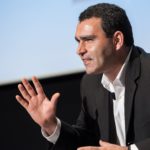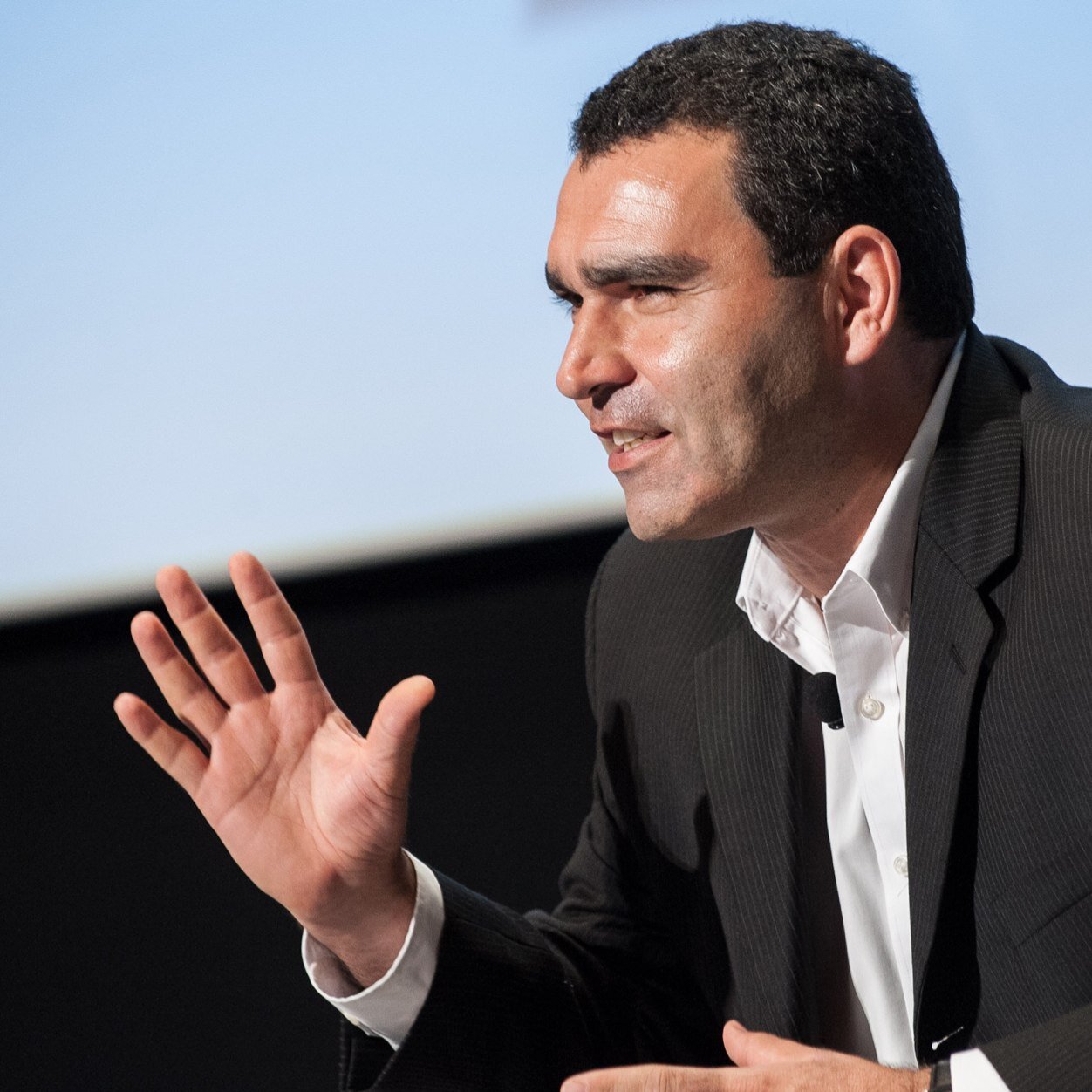 It was one of those rare Los Angeles days — smog free, blue skies and the air was crisp. A perfect set up for what I hoped would be a perfect pitch. We were sitting in a diner right across the street from the bank headquarters in Pasadena and we were the opposite of stressed out. Like well-prepared boxers, we were ready, really ready. We were confident in our strategic sharpness and that we had the big idea. We even had most of the critical tactical details worked out to deliver a successful launch campaign. So when we walked over to the bank about 15 minutes before the appointed hour, witnesses might have seen a slight swagger in our step. Little did we know that our swagger was about to be shattered.
It was one of those rare Los Angeles days — smog free, blue skies and the air was crisp. A perfect set up for what I hoped would be a perfect pitch. We were sitting in a diner right across the street from the bank headquarters in Pasadena and we were the opposite of stressed out. Like well-prepared boxers, we were ready, really ready. We were confident in our strategic sharpness and that we had the big idea. We even had most of the critical tactical details worked out to deliver a successful launch campaign. So when we walked over to the bank about 15 minutes before the appointed hour, witnesses might have seen a slight swagger in our step. Little did we know that our swagger was about to be shattered.
Entering the bank, we enlightened the dowdy receptionist that we had arrived and to our alert our future client of our presence. The first hint of trouble came in the form of a slightly raised eyebrow followed by a hesitant call upstairs. She then, as nicely as she could muster, told us that our contacts weren’t there. For maybe the 2nd time in my career, I went ashen. Where were they? What had gone wrong? Had we flown to California for nothing? A cellphone call revealed the truth — they were waiting for us in West LA. You see, we were pitching a new debit card from OneWest bank in partnership with Magic Johnson enterprises and when our bank contact said “headquarters” he meant Magic’s headquarters. This was a forty-minute drive on a good day and we had maybe 14 minutes.
Running to the car with one of my associates, it was me against every driver in LaLaLand. Dodging, weaving, and topping 90 MPH often, Dale Earnhardt had nothing on me that day. With the pedal to the medal, my heart and my mind were racing as well. Was our biggest pitch of the year about to crash and burn? Could we recover from such a seemingly careless misstep? Meanwhile, we heard from the rest of the team that they had been stopped by the police for making an illegal u-turn and that we should start without them. Are you kidding me? Start with 2 of our 5 presenters? So we sped ahead, arrived in record time, set up our laptop, tried to hide the sweat on our brows and waited for Magic Johnson to enter the room.
SO at this point in my story, hopefully you are wondering whether or not we got the business? Or maybe you are thinking what kind of idiot doesn’t check the location of the meeting? Or you’re wondering what Magic Johnson is like in person? Or you’re asking yourself what’s the purpose of Drew’s story? And let me answer the last question first. My goal was to get your attention through a bit of storytelling, to share a conflict, in this case, three conflicts, man versus nature (the traffic), man versus man (the pitch) and man versus himself (the fear) and then to leave you hanging — at least for now. Because among the biggest insights gleaned from my extensive interview with George Pacific CMO Douwe Bergsma is that not every brand story needs to be resolved in a nice little bow. There’s a lot more to this story so please read on.
Drew: Recently Georgia-Pacific’s advertising campaigns received some attention, including Co.Create’s most creative ads, Ad Age’s Creativity 50, the Cojones Award and the CMO Club’s award for Creativity & Storytelling. Was the storytelling approach the driver behind the new work?
Douwe: It is driven by vision and strategy changes and by many people at Georgia-Pacific and our partners. Our new storytelling approach was one of the major strategic changes.
Drew: Can you give me some background on how you’re approaching storytelling at Georgia-Pacific?
Douwe: We’ve partnered with David Altschul, Jim Hardison and their team at Character and adopted storytelling as a strategic framework. It is not about storytelling as in a different way of labeling or describing advertising. It’s more of a fundamental approach to how to view your communication efforts across all touch points. We approach our brand communication as if we are writing a movie or a country song or doing improv theater. You do that by starting with the story framework. If you visualize an iceberg, the storytelling part is the part that’s above water and the story framework is the larger part that’s underneath the water.
Drew: That’s very different from what I’ve been hearing about storytelling. Tell me more about the framework.
Douwe: You’ve got to identify key elements that are important for your total story. It is the part that the author will know but that the audience wouldn’t, but it’s implied. So for example, within the story framework, we first and foremost determine the fundamental human truth for our brand. It’s very similar to what others call brand purpose, brand assets, and brand values, but we call it the fundamental human truth.
Drew: So how is this different than purpose-driving marketing?
Douwe: For us, purpose or essence is a key element of the framework but it is where a lot of other consultants and companies would stop. In the past, I have done both, the purpose-driven approach and the story-telling framework, and could clearly see the difference, side by side. The big element that you need to understand for any story is what conflict is inherently the story’s framework. And like any storyteller would tell you, the conflict is the motor of any story. If the conflict stops, the story stops. It is the element that continues to propel the story forward and drive the intrigue and engagement of your audience.
Drew: Seems like this is very different from my packaged goods days during which we created a problem that the product could easily solve?
Douwe: True. Most marketers through the decades are focused on avoiding and/or solving conflicts.
Working on different brands, whether it was shampoo, snacks or paper plates, we typically identified a solution to make any problem go away…and so did the story. The next thing you know, you need to start all over again. Instead of embracing a conflict, many brands say, “we need to avoid them because we don’t like conflicts.”
Drew: Okay, I’m ready to embrace conflicts but give me an example of what you mean?
Douwe: We basically seek out what is the key conflict in our brands. For example, the Brawny conflict is between being tough and being gentle. And, in an ideal world, the conflicts are two positives, like safety and freedom. You want both, but sometimes, they clash.
After the classic man versus nature, the next level of conflict is man against man, but the in best stories the main characters are going through an internal conflict and for example become more brave and take more risk as the story progresses. We try to seek those same elements for our brands along with five other key characteristics of a story. And then our experts at Character write the story framework book.
NOTE: The rest of this really enlightening interview will be posted in the next 2 days. There we dive into how storytelling changed agency relationships, staffing and a whole lot more. Oh and yes, we did get the Magic Card business. But that’s a story for another day.

